This week, we explore a recent trend that’s not directly related to art market sales. When looking at gallery exhibits and solo shows, I’ve noticed that art galleries and collectors give more recognition to artists who abstract the human form in their work. In other words, they illustrate subjects that read as human, but with unrealistic bodies and/or faces. Meaning unnaturally smooth skin, simplified faces, abnormal limbs, etc. Our brains are able to recognize the human elements, even though the artist is presenting an abstract scene.
“Why,” you may ask, “have contemporary artists chosen to illustrate the human form in such a way?” Let’s talk about the symbolism behind abstracting the human body, and explore the possible reasons why this particular style of art is currently creating so much interest.
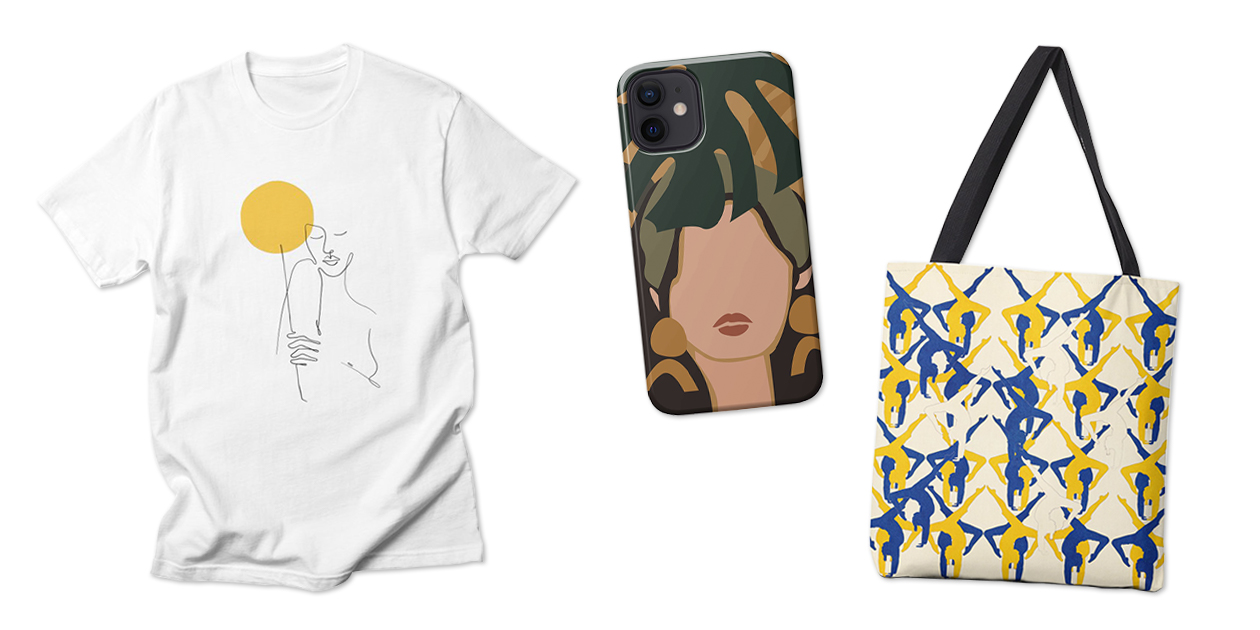
Communication of Feeling
The original abstract artists, such as Wassily Kandinsky, focused on conveying emotion through color and tension rather than true-to-life depictions of reality. They used shapes, lines, simplified forms, and color to activate the viewer’s senses. This approach is less about recognition of the external and more about the collective recognition of emotion, or the internal.
Many contemporary works of art that simplify and abstract the human form are similarly focused on conveying emotion. Take, for example, Jon Key’s Leandro and Jon (2021). The way the subjects’ bodies bend and then come together suggests a close personal relationship. Key wants to show person-to-person relationships to express feelings of closeness, community, and all forms of love (platonic, romantic, familial, etc).
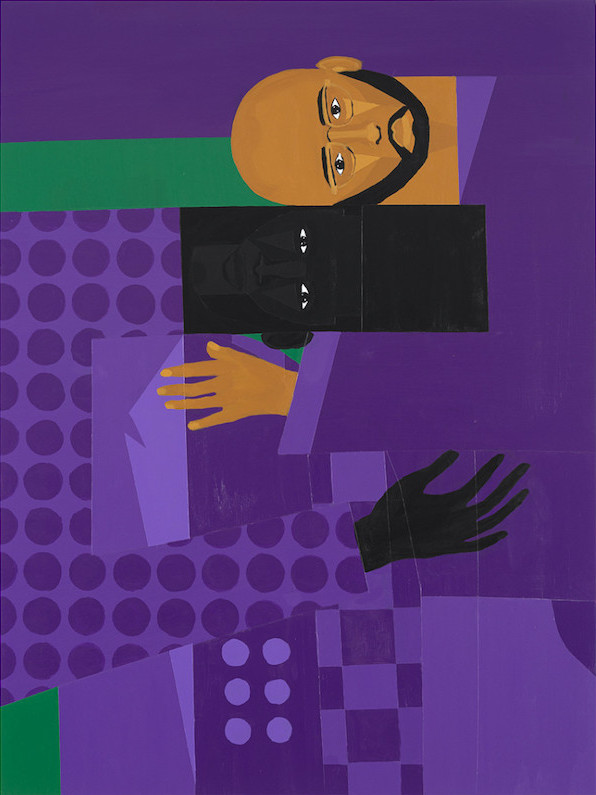
Abstracting the human body in art is also a way to get the viewer to relate to it. The recognizable body serves as a stand-in for the viewer and can make them feel closer to the emotion that the artist is conveying. For example, Jonni Cheatwood’s A Previous Disaster (2021) uses an abstracted body to communicate a universal experience. Cheatwood simplifies the body down to the clothing and hair of the subject. His portrayal of emotion appears in the mess of colorful lines in the face. That chaotic jumbling represents the anxieties that come from chaos and the unknown during a period of isolation.

Disconnections
Some artists also abstract the human body as a way to represent internal transformation and personal growth. Liz Flores does just that in Let It Go (2021). The piece focuses on the flower that the abstract figure is holding. The body floats indicating a transformation—an ascension of sorts into the next version of self. Flores abstracts the human form because emotion is the main subject of the piece, not the body. In this case, there’s a disconnect between the external and internal self for the sake of conveying feeling.
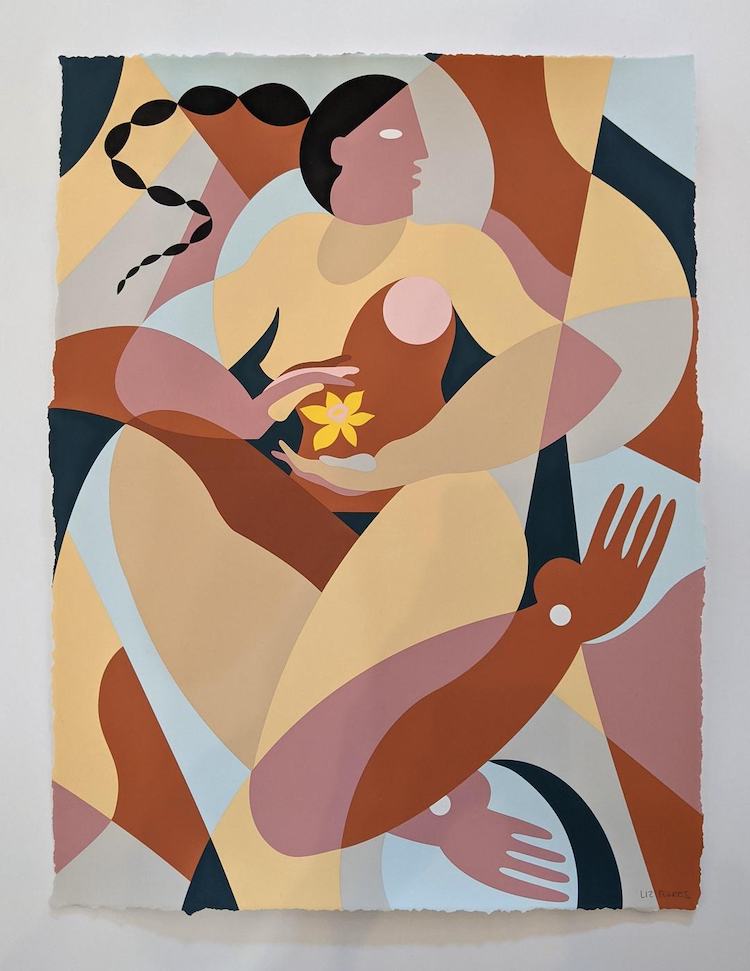
An abstracted body can also represent a disconnect from reality. It can be the focus of a dream world where things are recognizable, but there’s still something off about the subject. Jessica Westhafer’s Pining on the Green (2021) elongates and manipulates the body in a way that allows it to be recognized as human, but also embraces the unrealistic positioning. It illustrates a warped view of reality that conveys the slumping and disorienting feeling of intense pining. In a similar fashion to the surrealist art, abstracting the body in this way signals that what we’re seeing is not a part of a physical reality, but rather an emotional reality.
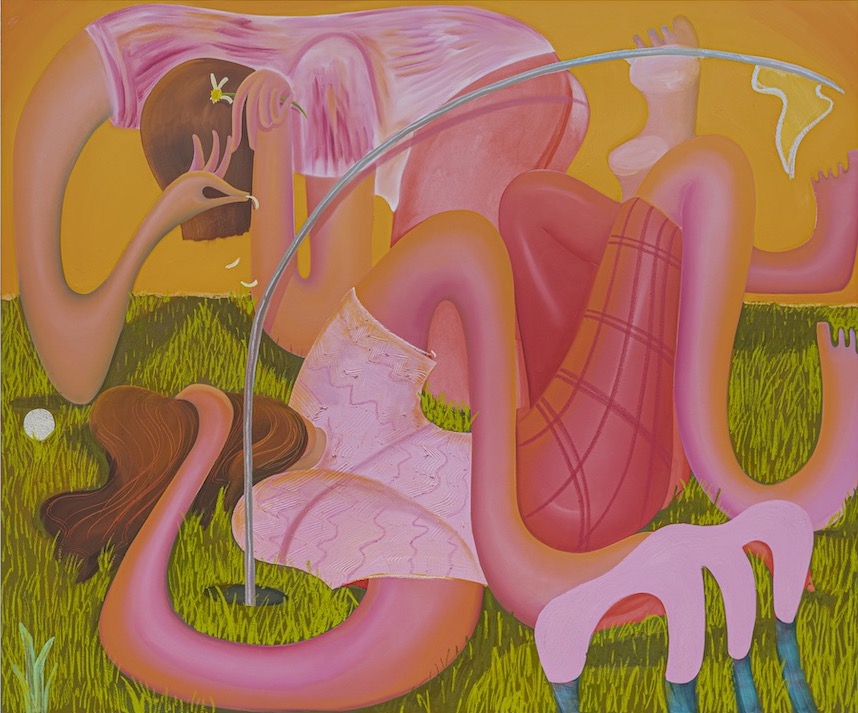
Why is This Style of Art Trending?
“Rae,” you say, “please don’t say it’s because of the pandemic.” Sorry, there’s no way to stop. Contemporary art is usually a response to or inspired by current events. We’ve spent a lot of time in isolation and had a lot of time to reflect—to focus inward. So, of course this reality made artists question the importance of the external. They want to explore a way to communicate the emotions of their time confined inside their homes. In many of their new pieces, the abstracted body represents the universal feelings of spending over a year in isolation with little to no physical contact. For a while, this will be what’s behind a lot of art trends. A major event like the pandemic will continue to have its aftershock felt in the world of art for the foreseeable future.
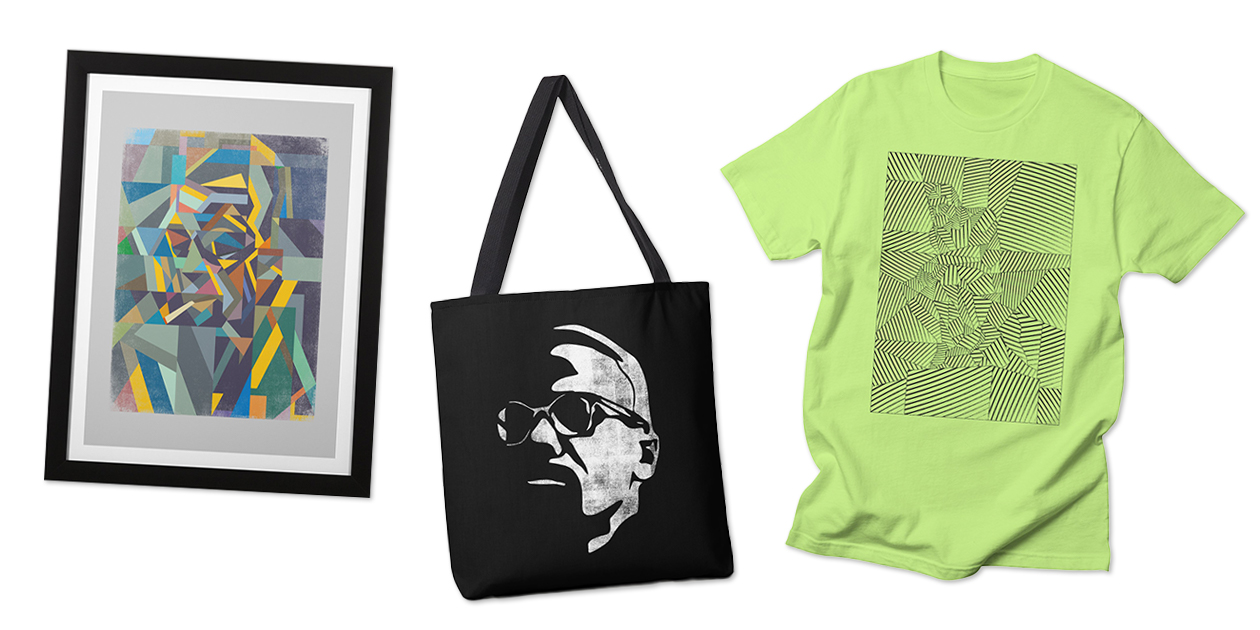
The image featured at the beginning of this post is Jessica Westhafer’s Pining on the Green (2021).


